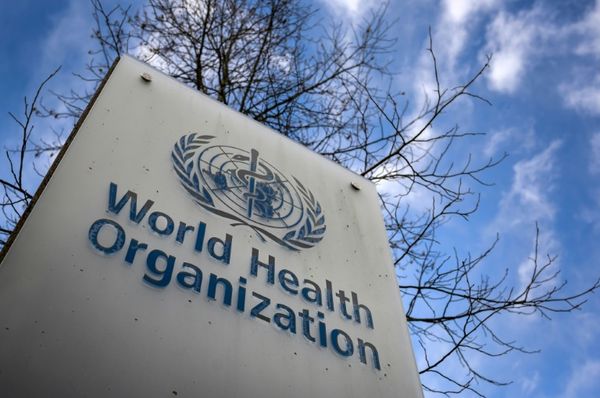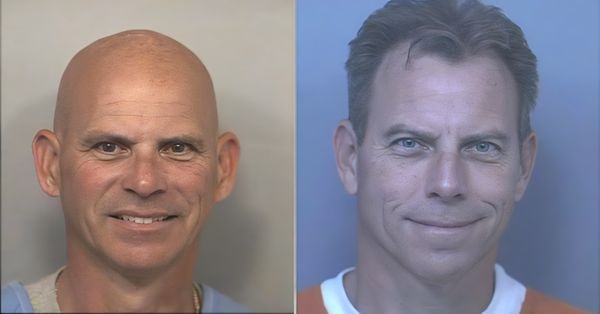
Iain Sinclair is a writer, film-maker and a prodigious walker who has always been drawn to outsiders and the telling periphery of things – from his book London Orbital, about circumnavigating the M25, to Edge of the Orison, about outlawed poet John Clare, and now Pariah Genius, about John Deakin (1912-1972), the relatively underexposed photographer who captured a Soho crowd that included Lucian Freud, Frank Auerbach and Francis Bacon (Deakin’s photos were the basis for several of Bacon’s paintings). The book is a startling piece of psychogeography: exhaustively researched and developed in the dark room of Sinclair’s imagination.
What was your first encounter with John Deakin?
I first encountered him through his prophetic photo of Dylan Thomas [taken in a graveyard, up to his waist in autumn leaves, in Laugharne]. I grew up in south Wales and was – I’d have been 17 or 18 – haunted by this amazing photo but did not know anything about the photographer. My book was commissioned in the middle of Covid when I couldn’t go wandering about London as I usually do. From Arnold Circus, where Deakin’s archive was kept, came two gigantic boxes to my Hackney door, like cardboard coffins on special offer from Ikea, containing negatives and contact sheets. The scale was daunting but this proved to be a phenomenal gallery, a window into time.
What was Deakin’s attitude to his own work? And how highly do you rate him?
Deakin was very cynical about everything and had an acid tongue. He had a casual attitude, kicked all his work under a bed in his flat and left it there where it was eventually found – a bit like Tutankhamun’s tomb. And then there was the drink, this was the medium in which they all swam in that postwar dramatic delirium. All of them were drunk. Some suffered, others made a career of it. Deakin really suffered, and was quite ill by the time of his fame in the 60s. I rate his photos as one of the best records of the milieu of that period: unforgiving, direct and smart.
As a personality, he sounds a nightmare. Noël Coward said: “Never let that man near me again.” What would you have made of him had you met him? And is there a pull to that nastiness in a subject?
There is. I don’t think we’d have got on… I’d have wanted to get away. People were frightened of him, put him down as a clown, a non-entity. He really didn’t care, didn’t seem to have an ego. There is a terrifying power in meeting someone who, unlike you, is not invested in his career or politics or himself.
Did you ever meet Francis Bacon or Lucian Freud? And who do you regard as the greater artist?
I never did, although I used often to see Francis Bacon when I was working as a gardener down in Limehouse. I used to cut the grass around St Anne’s, a Hawksmoor church. Bacon would leave his house in Narrow Street because he could not work in the brilliant light on the river. He preferred a dark room with a lightbulb so would catch the bus outside the church and I’d watch him over my mower as he walked past. For me, Bacon is the greater artist. When I saw his 1962 show, it was a revelation, I was living in London for the first time, seeing its possibilities. I hadn’t ever seen painting like that before.
At one point, you write “all I know is that place dictates the story”. What has your relationship been with Soho?
I guess my relationship with Soho is a bit like Deakin’s with fashion models [Deakin had two stints working for Vogue] – attracted yet conflicted and pretty negligible since the great burrowing of the Elizabeth line. I have, in the past, been on its fringes through film-making and bookselling but not through socialising. I’ve always been aware of the history of people who went into Soho and never came back.
I’d call you an Insideouter – writing about the outside from the inside. Where would you situate yourself?
I am an outsider electively. When we first moved to Hackney, it felt like a periphery, it seemed as if we had just stepped out of the war, it was all black and white, there was a tin bath hanging on the wall, an outside toilet. I’ve lived here since 1968 and every single day that you set foot outside, the old landmarks change and shift. They recognise you as you recognise them. Their stories have become your stories. You disappear into a place if you stay on.
Do you enjoy taking photos? Could you have been a professional?
I’d have starved! But taking photos is an important part of what I do – for research. We’ve also just made a film about Deakin, with the same title as the book, with Chris Petit and Emma Matthews.
Do you still have a flat in Marine Court in St Leonards as a bolt hole?
I do. I love it – I think of St Leonards as the same place as Hackney. It was my wife Anna’s dream to go there. We walked from Hackney to Hastings over a single beautiful week in late September – it was magical.
Can you still do marathon walks? And how does it feel to be an octogenarian?
I can – I walk all day, quietly. I’m probably the slowest walker in Young Hackney. Everyone is on their phones and walking at incredible speed but they’re not actually there. I like being an octogenarian because I feel more permeable – as though the world flows through you a bit more easily. And close friends of mine who have died – I feel still very much in communication with them, sometimes even more than when they were alive – because they don’t shut up!
There is, at times, a compelling morbidity to your book, it is as if you were trying death on for size…?
Exactly – I was.
Pariah Genius is published by Cheerio on 25 April (£19.99). To support the Guardian and Observer order your copy at guardianbookshop.com. Delivery charges may apply. A film of the same name is at the Barbican Cinema, London, 30 May and a free exhibition, Pariah Genius: John Deakin, the Psychobiography of a Photographer, curated by Iain Sinclair, is at Swedenborg House, London WC1, 26 April-24 May







